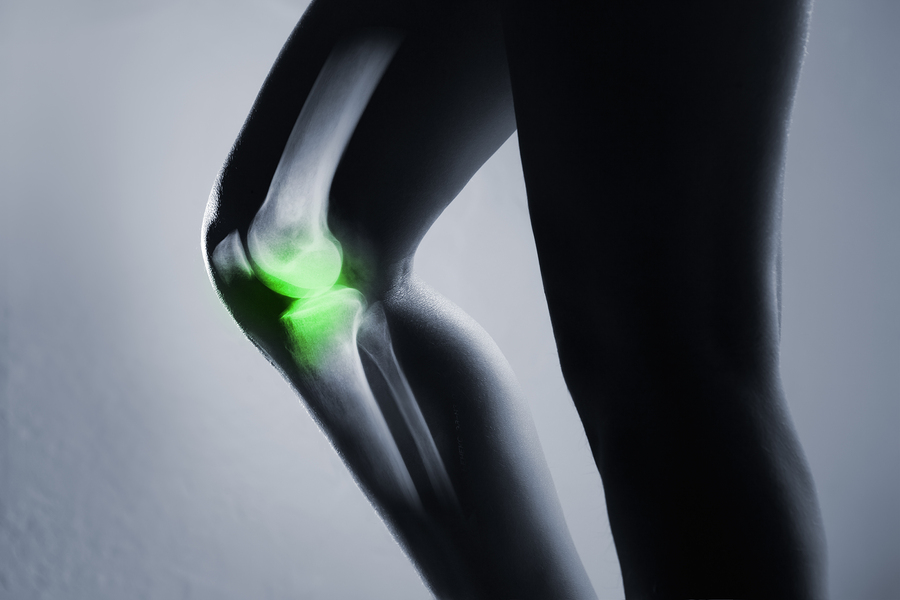In basic terms, a joint is a place in the body where bones meet. Movement is made possible in these locations (although as we’ll see, not all joints are moveable).
When doctors talk about joints that move, they’re usually referring to:
- The surfaces of the bones that meet, which are covered with cartilage
- The joint cavity, which is a very small space between the bones allowing them to move over each other
- The joint capsule, which encloses the joint and contains blood vessels and nerves
Tendons are made of stretchy tissue and hold muscles to the bones, and ligaments are tough, fibrous tissues that hold the bones to each other.
In combination, these structures form a moveable joint.
Types of Joints
Joints are usually classified into one of three functional categories:
- Fixed joints. In these joints, bones meet but there is no movement between them. Example: bone plates that form the skull.
- Cartilaginous joints. These joints can move a little bit, but not freely. Example: bones that form the spine (vertebrae).
- Synovial joints. These joints move freely, and are the ones we often injure or experience arthritis in. Example: hip and knee joints.
Synovial Joints
The free-moving, synovial joints are the ones we mainly depend on to get around and perform physical tasks. They’re called synovial because of the fluid inside them. This synovial fluid acts as a lubricant and is a thick, jelly-like substance that contains proteins and hyaluronic acid.
These joints are further categorized by how they work:
Hinge joint.
These joints allow bending in one direction (like a door hinge), but very little rotation out of that plane due to strong ligaments that prevent them from sliding out of line. Elbows and knees are hinge joints.
Pivot joint.
The job of this type of joint is to only allow rotation. An example of a pivot joint is the one in the neck that allows us to rotate our heads.
Saddle joint.
In these joints, one bone curves slightly outwards at the end and fits into a slight dip into the one next to it, as in the fingers and thumbs.
Gliding joint.
Gliding joints allow the many small bones in the middle of our feet and hands to move over each other to provide flexibility and dexterity.
Condyloid joint.
Like a saddle joint, a condyloid joint involves a convex bone that fits into a concave one, only this is more pronounced. It allows for rotation in all directions, like the wrist joint.
Ball and socket joint.
There are two main sets of ball and socket joints in the body: shoulders and hips. Each consists of a ball shaped bone that fits into a hollow socket. Because of their structure, they permit a wide range of motion.
What Can Go Wrong?
While joints are strong by nature, they’re not indestructible. Joint injuries can happen as a result of impact, twisting, or over-stretching during physical activity, or from repetitive motion injuries.
There are also certain medical conditions that can affect the joints’ structure, causing pain, weakness, and limited mobility. For example, osteoarthritis wears away the cartilage on the surface of the joint, which causes inflammation and reduced flexibility. Rheumatoid arthritis is where the body attacks the joint tissues, and this can cause the joints to become deformed over time.
There are also several other types of arthritis, including gout, where crystals of uric acid, a normal waste product found in the body, build up in the joints (usually in the feet), causing extreme pain.
Joint Health
We now know a great deal about the anatomy of joints and how to help them heal through regenerative medicine. Even if you experience a chronic condition like osteoarthritis, there are things you can do to improve mobility without surgery. Contact Flexogenix today to get an expert opinion on what’s causing your joint problems and discover your available options.






